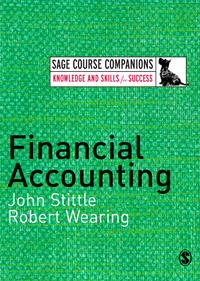
Problem 3 (10 points)Paula is retired and single. She receives retirement payments of $120,000 per year and she takes the standard deduction (ignore the possibility that she may turn 65 during this time frame). Beginning next year (assume 2021 for tax table) she is eligible for a payment from her former employers' salary and bonus deferral plan. Note that when these deferrals were made the amounts were subject to FICA taxes at that time. Thus, payments out of this plan will not be subject to FICA again. She can either elect to take 100% of her balance at once as a lump sum on the first day of next year. This amount is $400,000. Alternatively, she can take 10 ratable payments over the next 10 years in the amount of $48,000 per year. Each payment would be on the first day of the taxable year. If she takes a lump sum, she believes she can reinvest the after-tax proceeds and earn 8% rate of return (use simple annual compounding). If she takes the ratable payment option, she will also earn the same 8% rate of return on the after-tax proceeds (use simple annual compounding). Questions: 1. Which option is better? 2. What happens if her annual pension income was $230,000 per year rather than $120,000? Problem 3 (10 points)Paula is retired and single. She receives retirement payments of $120,000 per year and she takes the standard deduction (ignore the possibility that she may turn 65 during this time frame). Beginning next year (assume 2021 for tax table) she is eligible for a payment from her former employers' salary and bonus deferral plan. Note that when these deferrals were made the amounts were subject to FICA taxes at that time. Thus, payments out of this plan will not be subject to FICA again. She can either elect to take 100% of her balance at once as a lump sum on the first day of next year. This amount is $400,000. Alternatively, she can take 10 ratable payments over the next 10 years in the amount of $48,000 per year. Each payment would be on the first day of the taxable year. If she takes a lump sum, she believes she can reinvest the after-tax proceeds and earn 8% rate of return (use simple annual compounding). If she takes the ratable payment option, she will also earn the same 8% rate of return on the after-tax proceeds (use simple annual compounding). Questions: 1. Which option is better? 2. What happens if her annual pension income was $230,000 per year rather than $120,000







